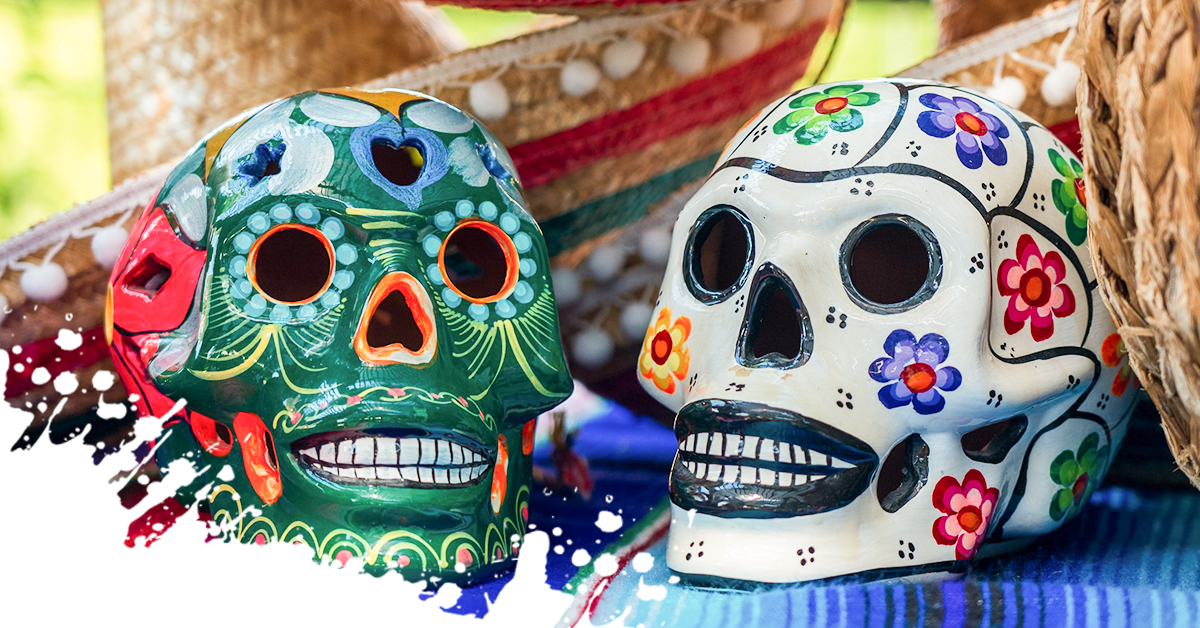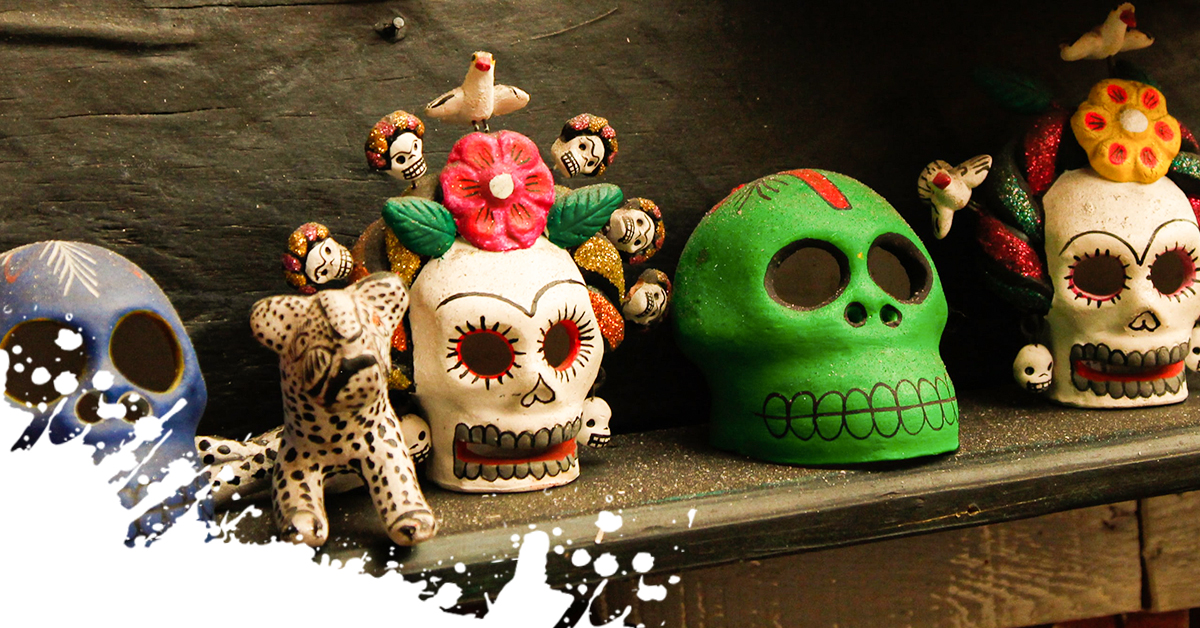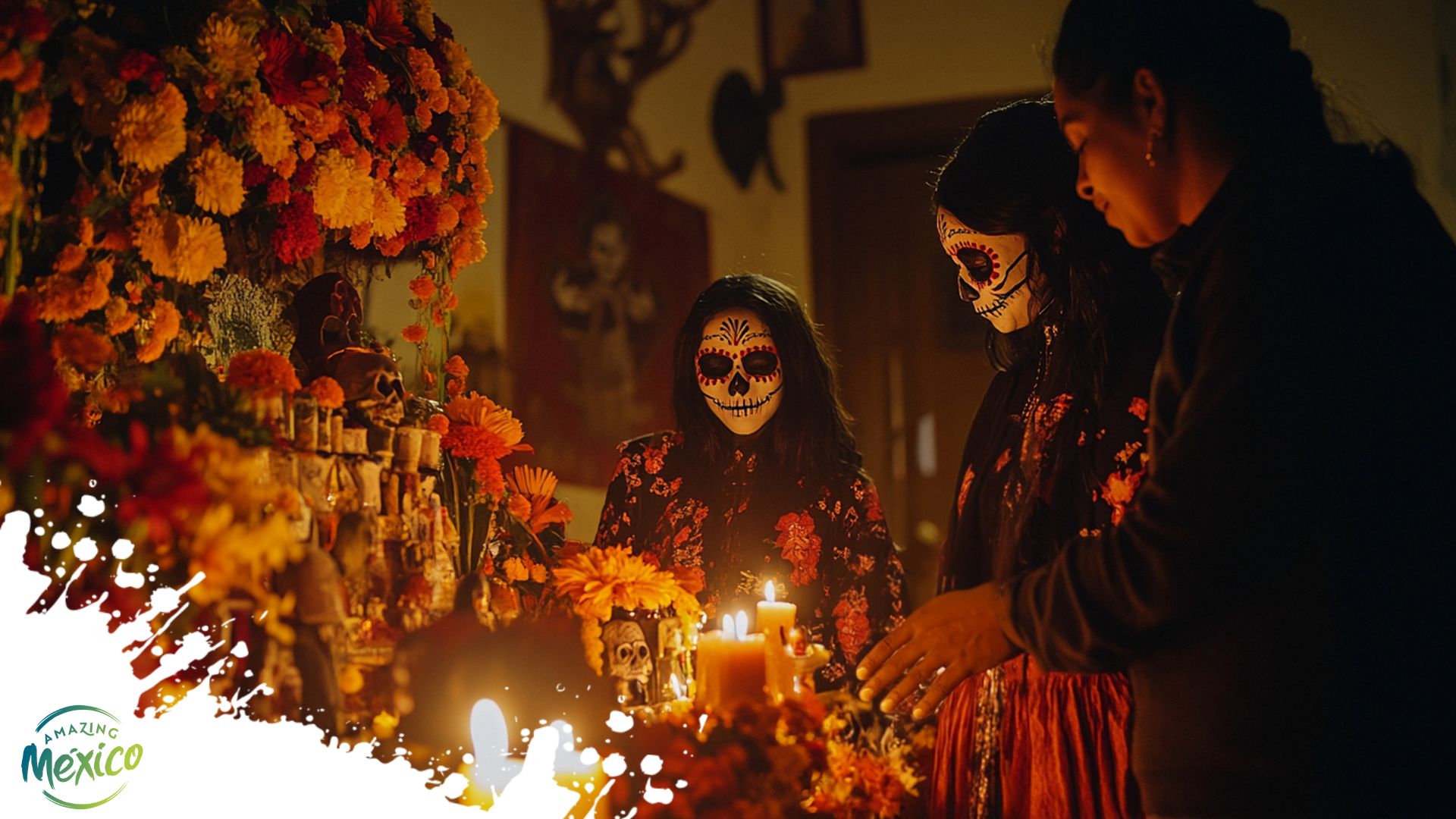What are Literary Catrinas?

Dia de Los Muertos is nearly here and many people around the world are now familiar with this unique Mexican custom. Known as Day of the Dead in English, the Dia de Muertos is a holiday chance to honor and pay homage to friends and family members who have passed on before us. ”Calaveras literarias” are popular poems that are composed around this time that mocks and defies Death. The literary skulls also tend to make fun of friends, politicians, and artists. Literary Catrinas tend to deal with themes surrounding everyday life and are always humorous. Keep reading more to learn about Literary Catrinas, a unique and important part of Mexico’s rich culture.

What Are Literary Catrinas?
Though the literal meaning of the word is “skull,” Literary Calaveras are poems designed to poke fun at people as if they were already dead. Usually written on the eve of the Day of the Dead which occurs each year on November 2nd, literary Catrinas are another important tradition in Mexican culture. The poems are typically funny and ironic with rhymed verses that “make fun” of death written from the point of view of La Catrina. La Catrina is an elegant skeleton lady that has become a popular emblem for Mexico’s Day of the Dead.

La Catrina
Mexican lithographer José Guadalupe Posada first drew La Catrina in the early twentieth century. The caricature is an elegant skeleton woman smiling as she wears a Victorian dress and a fedora with flowers. Later, she became a beloved symbol of Mexican culture when renowned artist Diego Rivera painted her in a famous painting known as “Sueño de una tarde dominical en la Alameda Central” (Dream of a Sunday Afternoon in Alameda Park). By making light of a serious subject, Mexican people are able to remove the fear that is usually associated with death. The literary skull uses humor to overcome the tragedy and fear surrounding dying.

Origins of Literary Catrinas
Calaveras were originally inspired by Danse Macabre, which were allegorical plays in medieval Europe that addressed the topic of Death. Later, illustrated poems emerged in Colonial Mexico as a subtle way to poke fun at the powers that be. The modern calavera became more popular during the Mexican Revolution in the 19th century when literary catrinas were used as a critical expression of the people against the Porfirian elite. The oldest literary skulls found in newspapers date back to 1849 in the “El Socialista” which was published by Italian doctor José Indelicato in Guadalajara, Jalisco. The satirical poems are written to poke fun at living friends, politicians and celebrities. The common theme is that they are singled out for imagined selection by the Grim Reaper. The short verses use dark humor, inside jokes, double entendre, and tons of Spanish euphemisms for death while mocking the chosen subject.

Day of the Dead
Literary Catrinas or skulls are one of many elements that are part of the Day of the Dead celebrations. The literary skulls are rhythmic verses of varied rhyme whose main topic is death. However, the primary focus of the rhyme is to make a parody of people, political topics, or cultural events, too. The characteristics that are generally appreciated in the lyrical creations tend to be wit, irony, subtlety, caricature, rhyme and musicality. In addition to Literary Catrinas, Dia de Los Muertos events involve visiting grave sites of deceased family members and friends to honor their life. At homes, altars, or ofrendas in Spanish, are constructed to pay homage to those who have passed on before us. Altars typically include framed photos of the deceased, beautiful marigold flowers, candles, and favorite foods and drinks, too.

Example of Literary Skulls in English:
Old baldy turned up in Chapala
The hip and trendy tourist town
Where he found Javier Degollado
Proudly strolling the Malecón
Come with me, said the specter,
Let’s tour your new bridge
and visit the old railway station.
Then you’ll go six feet under
To be rescued by your last transformation.

If you want to visit Mexico in person, contact Amazing Mexico at (866) 883-0573. They are a reputable travel agency that has special deals to visit top destinations including the Riviera Maya, Puerto Vallarta, Cabo, Cancun, and Islands of Loreto. In the meantime, we hope you enjoyed this article about Literary Catrinas. Since dying is an inevitable part of every life, why not view death with a good sense of humor instead?











